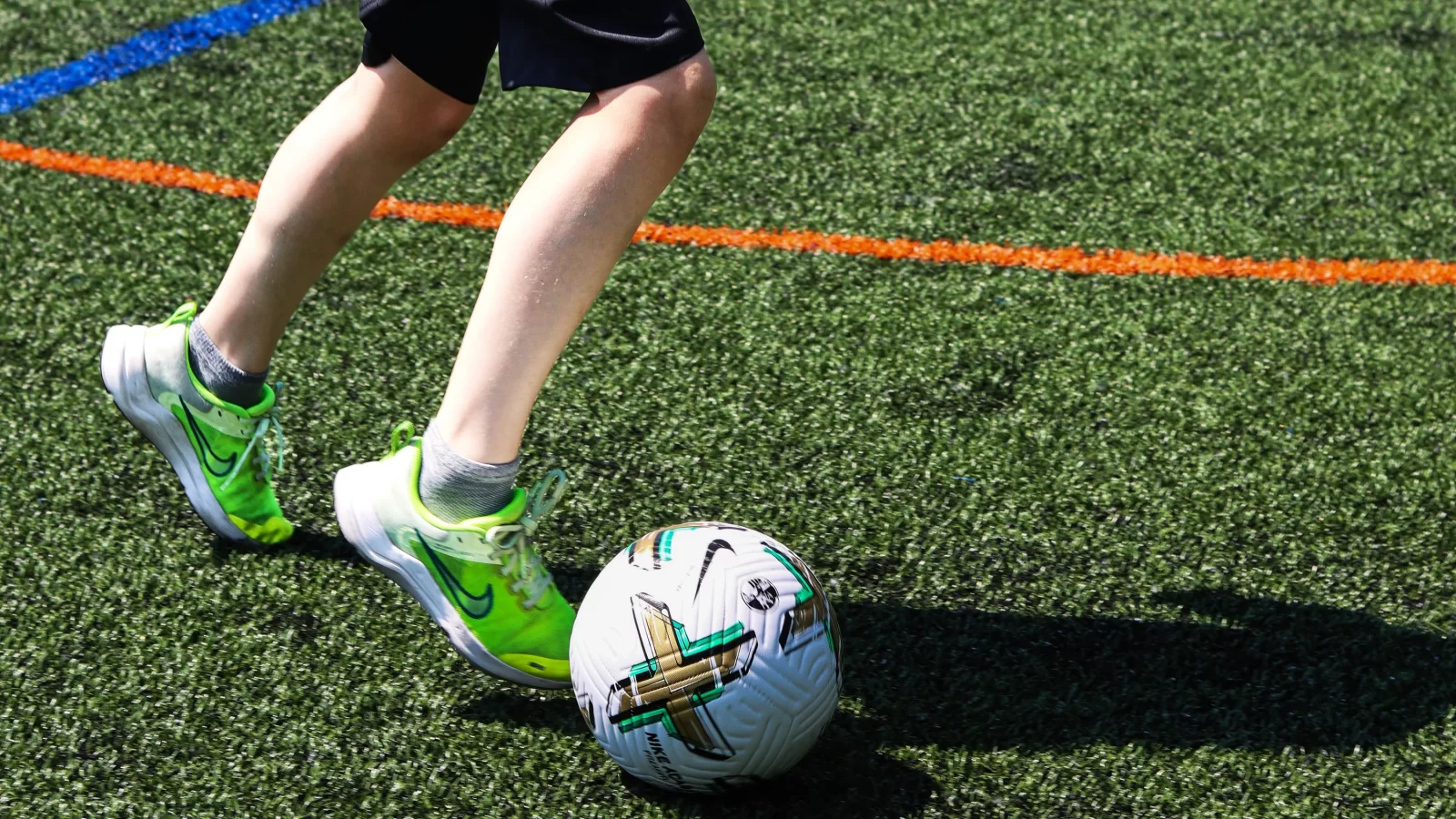Soccer is a sport that demands exceptional agility, speed, and coordination. While many factors contribute to a player’s performance, one often overlooked aspect is foot health. Proper foot care plays a crucial role in enhancing these athletic attributes and preventing injuries.
The Connection Between Foot Health and Soccer Performance
Healthy feet are essential for optimal soccer performance. They act as the foundation for the entire body, providing stability, balance, and propulsion. Strong and flexible feet allow players to execute quick movements, change direction rapidly, and generate power during kicks. Foot problems can significantly hinder a player’s ability to perform at their best.
Common Foot Issues Affecting Soccer Players
Several foot issues can affect soccer players, including:
- Blisters: Friction from cleats can cause blisters on the feet, leading to pain and discomfort.
- Plantar fasciosis: This condition involves inflammation of the plantar fascia, a tissue that connects the heel bone to the toes. It can cause heel pain, especially when getting out of bed in the morning.
- Stress fractures: Overuse and repetitive stress on the feet can lead to stress fractures, particularly in the metatarsals.
- Ingrown toenails: Improperly trimmed or tight-fitting shoes can cause toenails to grow into the surrounding skin, resulting in pain and infection.
Importance of Proper Foot Care for Injury Prevention
By prioritizing foot care, soccer players can significantly reduce their risk of injuries. Healthy feet provide a solid foundation for the entire body, minimizing the likelihood of strains, sprains, and other musculoskeletal problems. Proper foot care can also help prevent conditions like plantar fasciosis and stress fractures, which can sideline players for extended periods.
Best Practices for Foot Care to Enhance Agility and Speed
Here are some essential tips for maintaining healthy feet and enhancing soccer performance:
- Wear well-fitting cleats: Ensure your cleats provide adequate support, cushioning, and ventilation. Avoid wearing cleats that are too tight or too loose.
- Stretch regularly: Stretching the muscles in your feet and lower legs can improve flexibility and reduce the risk of injuries.
- Properly trim toenails: Cut your toenails straight across to prevent ingrown toenails. Avoid cutting them too short.
- Use toe separators: Toe separators have become a popular trend among athletes, and one brand that has gained attention is Correct Toes. Their toe spacers come in various sizes to accommodate different foot shapes and sizes. Toe separators can help prevent blisters and improve foot alignment, promoting better balance and stability.
- Consider orthotics: Another device gaining attention is orthotics. Orthotics are specialized devices that are designed to provide support, cushioning, and correction for various foot conditions. They can be custom-made or prefabricated, depending on your specific needs.
- Rest and recovery: Give your feet ample time to rest and recover after intense training sessions or matches.
Conclusion
Proper foot care is an essential component of a soccer player’s overall health and performance. By addressing common foot issues, preventing injuries, and implementing best practices for foot care, players can enhance their agility, speed, and overall athleticism. Healthy feet provide a solid foundation for success on the soccer field.










